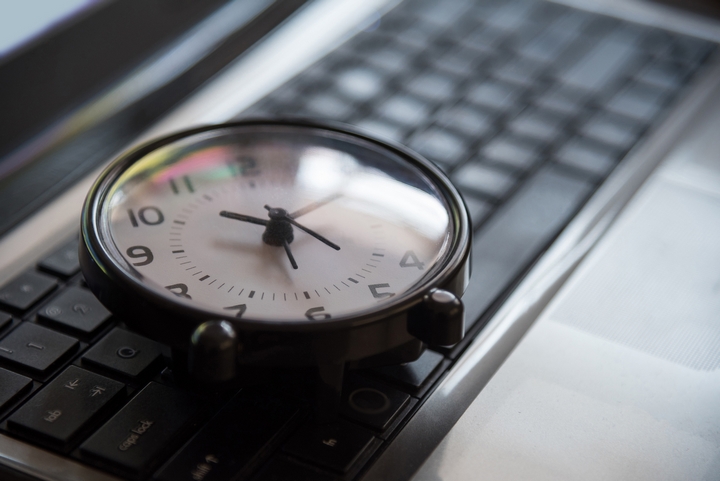
How to Monitor Employees Working From Home
A combination of the pandemic-spurred work-from-home trend and the reluctance of many employees to give up remote work for a commute to an office has meant leaders have to manage remotely as a team lead will always want to maximize the performance of their team.
How to do that can vary by the situation. What performance metrics you use and how your employees are monitored matter greatly. There are lots of ways to do that that are non-invasive, fortunately.
Here is how to monitor employees working from home:
1. Implement employee communication software

Employee communication software allows a manager to send messages directly to their team. It allows for interpersonal communications is perhaps the best way to monitor performance.
You can provide and receive updates, communicate information, schedule tasks, and receive work instantly. You can send a message to see whether someone’s working and where their progress is on a given task.
2. Provide regular updates and acknowledgments

To keep morale up and maintain connectivity with your team, take the initiative to provide updates on projects voluntarily and acknowledge when good work has been done. Employees need to know when their actions are right on the mark.
A pat on the back costs nothing. Simple, quick acknowledgments keep communication channels open and have been shown to improve work and increase overall productivity.
3. Monitor application usage and note online status

When an employee is signed into an app, in some software, you can see who is online or who isn’t. This means you can track application usage and at least verify that when someone’s supposed to be signed in, they’re signed in.
When someone uses an app to send an email, make a public post, or send a message, you also have these markers to monitor an employee.
4. Use sign in or sign out functionality or time tracking

Understandably, your employee will take breaks over their day. A function allowing them to sign in and out can help you see when someone is working.
This is your basic time-tracking software and is what many call centers have done for decades to track when a worker is available and when they aren’t. This will also automatically create a record of hours worked, which can be directed to payroll for processing.
5. Set up tasks that need to be reserved

Another way to monitor employees working from home is to set up tasks that the employee must reserve. As an employee reserves a task to work on, you can see how long someone takes to complete a task and advise you on how efficient their day has been.
Though not all tasks or job responsibilities can be tracked this way, some can be. If it’s appropriate for your work, task-based performance monitoring should be considered.
6. Self-reporting requirements

Although you don’t want to create unnecessary work for your team, you may institute a self-reporting policy so that every day, when work is done, employees can send a short brief to you sharing what projects they’ve done and their work accomplished.
If you trust employees to be truthful, this is another way to ensure that work is progressing as planned. If someone’s underworked or overworked, this is also a way for them to check in and state that.
7. Mandatory team check-ins

To ensure everyone is ready for work and knows what’s expected of them, you may consider mandatory check-ins by instant message or video. Again, you don’t want to waste time with these. That will drive down hourly productivity.
A mandatory check-in once a week or once a month allows you to see your employees in a group setting by video and reaffirm objectives on a given project.
8. Set up clear performance metrics

Your employees must know what’s expected of them, and outlining deadlines or performance expectations is a part of that. It also allows you to give your employees the freedom to work and arrange their schedules. So long as the tasks are done on time, a team lead doesn’t need to micro-manage their employees. Empower your employees and allow them to work how they see fit. If it doesn’t work well, that’s when you address it.
If you’re monitoring employees working from home and seeing productivity issues individually or as a team, carefully address them. Talk with the individuals whose productivity isn’t meeting expectations and define whether the issue is tied to unrealistic expectations, an employee who isn’t doing their fair share of work, or a problem with the information and resources being provided to them by you.
